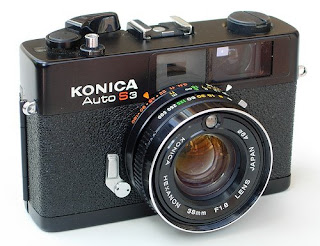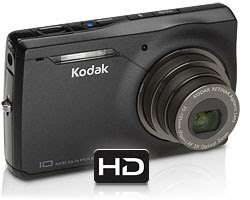Resolution: Re-thinking High ISO photos

The websites that compile painstaking reviews of digital cameras do a really great job. DPReview.com and DCResource.com are two of the best, in my opinion. But they get wrapped around the axle on the topic of high-ISO photos and the noise-reduction most digital cameras apply to these low-light photos. They use words like "smearing" and "watercolor." Here, I say: get over it. High-ISO photos aren't meant to be Louvre-worthy portraits. They're just not. But the semi-embarassing photos below -- taken at a local high school's "air band" concert a few nights ago -- aren't hideous. They're fine as snapshots, and you could probably print reasonable 5x 7-inch prints from them with little objectionable results. I shot these photos using a Kodak Z1012 IS camera in High ISO mode. These are absurdly high -- ISO 1600 and 3200 -- and obtainable only with the camera's lens at full 12x zoom. These photos will not win any prizes. None at all. No...











